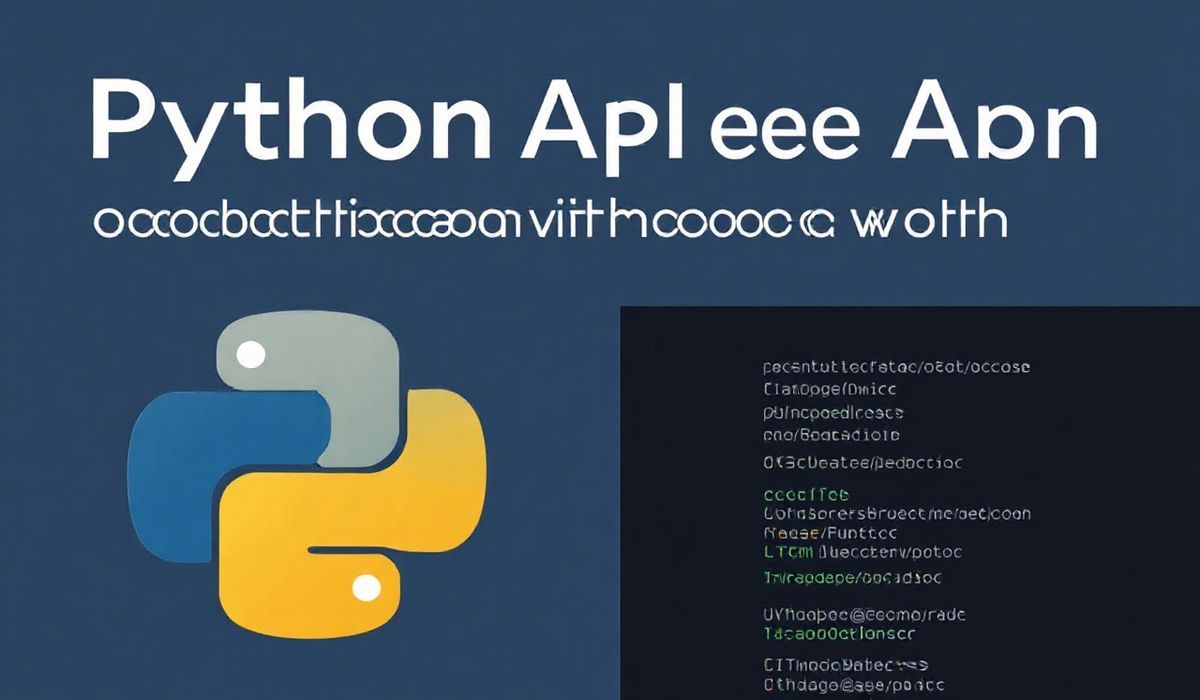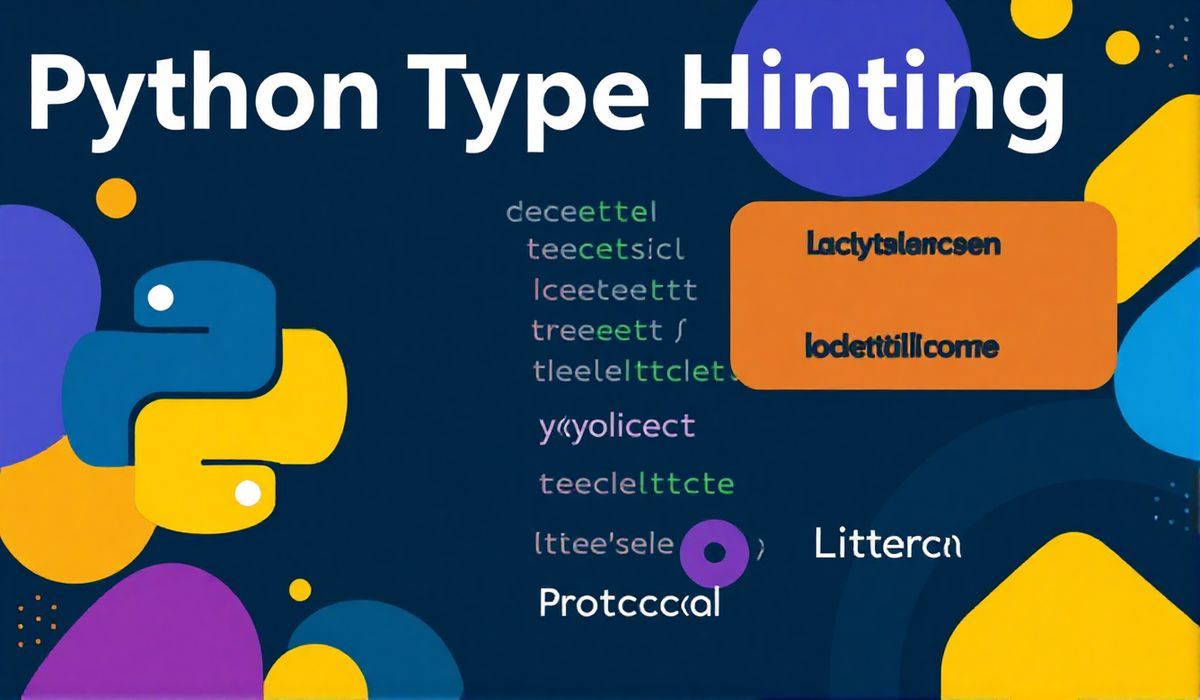Introduction to Pecan Microframework
Pecan is a lightweight and flexible Python web framework designed for building RESTful applications. It elegantly combines simplicity, performance, and extensibility to help developers create seamless API-based solutions.
In this guide, we’ll explore the details of Pecan, delve into its powerful API features with hands-on examples, and build a sample application step-by-step to showcase its capabilities.
Why Choose Pecan?
Pecan emphasizes separation of code, allowing developers to write clean and modularized APIs. It also provides native support for model-driven design with seamless integration to object-relational mappers (ORMs) like SQLAlchemy. Some key features include:
- Customizable routing logic.
- Support for simple and RESTish URLs.
- Interactive debugging tools.
- Middleware compatibility and extensions.
Code Examples for Pecan’s APIs
Getting Started with Pecan Application
To set up your first Pecan application, use the following script:
mkdir my_app cd my_app pecan create .
This initializes your application structure.
Adding a Simple API Endpoint
Create a new controller to define your API endpoint:
# my_app/controllers/root.py
from pecan import expose
class RootController:
@expose(generic=True)
def index(self):
return "Welcome to Pecan!"
This code sets up the root (`/`) endpoint to return a welcome message.
Dynamic Route Parameters
You can handle dynamic paths with ease:
# Add a dynamic URL
@expose()
def greet(self, name):
return f"Hello, {name}!"
When you hit /greet/Jane, it responds with Hello, Jane!.
Returning JSON Responses
Pecan makes it simple to return JSON responses:
import json
@expose('json')
def api_data(self):
return {'status': 'success', 'data': [1, 2, 3]}
Building Middleware
Pecan supports adding custom middleware using a config.py file. Example middleware setup:
# config.py
app = {
'modules': ['my_app'],
'middleware': [CustomMiddleware()]
}
Step-by-Step Application Build Example
Let’s create a simple Todo application using Pecan.
1. Setting up the Project Structure
pecan create todo_app cd todo_app
2. Defining Models
Using SQLAlchemy, define a Todo model in `models.py`:
from sqlalchemy import Column, Integer, String
class Todo:
__tablename__ = 'todos'
id = Column(Integer, primary_key=True)
title = Column(String)
completed = Column(Boolean, default=False)
3. Setting Up Controllers
Define RESTful endpoints to manage todos:
class TodoController:
@expose('json')
def list(self):
return Todo.query.all()
@expose('json', methods=['POST'])
def add(self, title):
todo = Todo(title=title)
db_session.add(todo)
db_session.commit()
return {'message': 'Todo created', 'todo': todo}
4. Running the Application
Finally, run the Pecan server:
pecan serve config.py
Access your Todo application at http://127.0.0.1:8080.
Conclusion
Pecan is a versatile framework ideal for creating RESTful APIs with Python. From simple API routes to fully functional applications, Pecan provides the tools and flexibility you need to rapidly develop and scale your solutions. Explore more at the official documentation.




